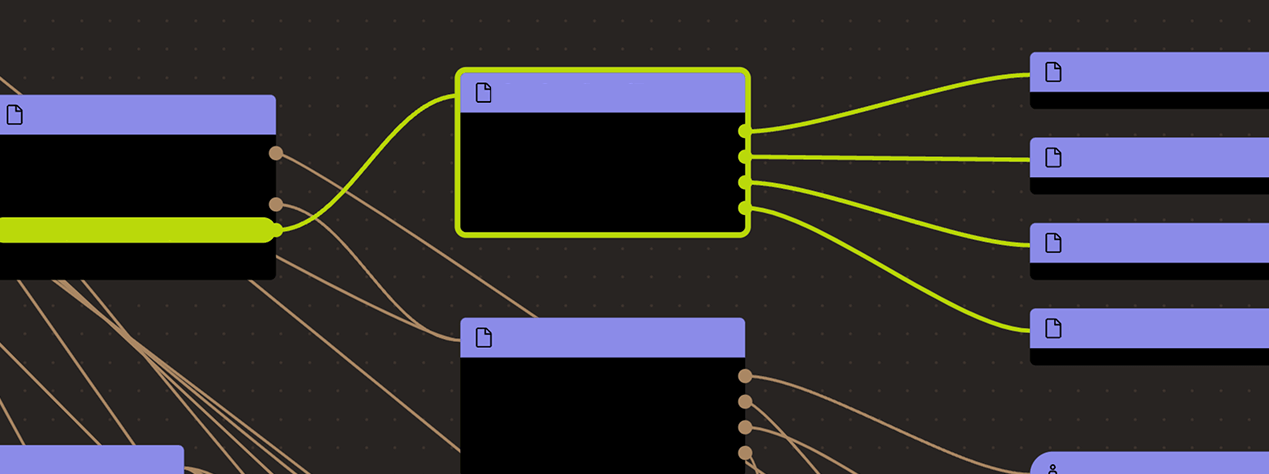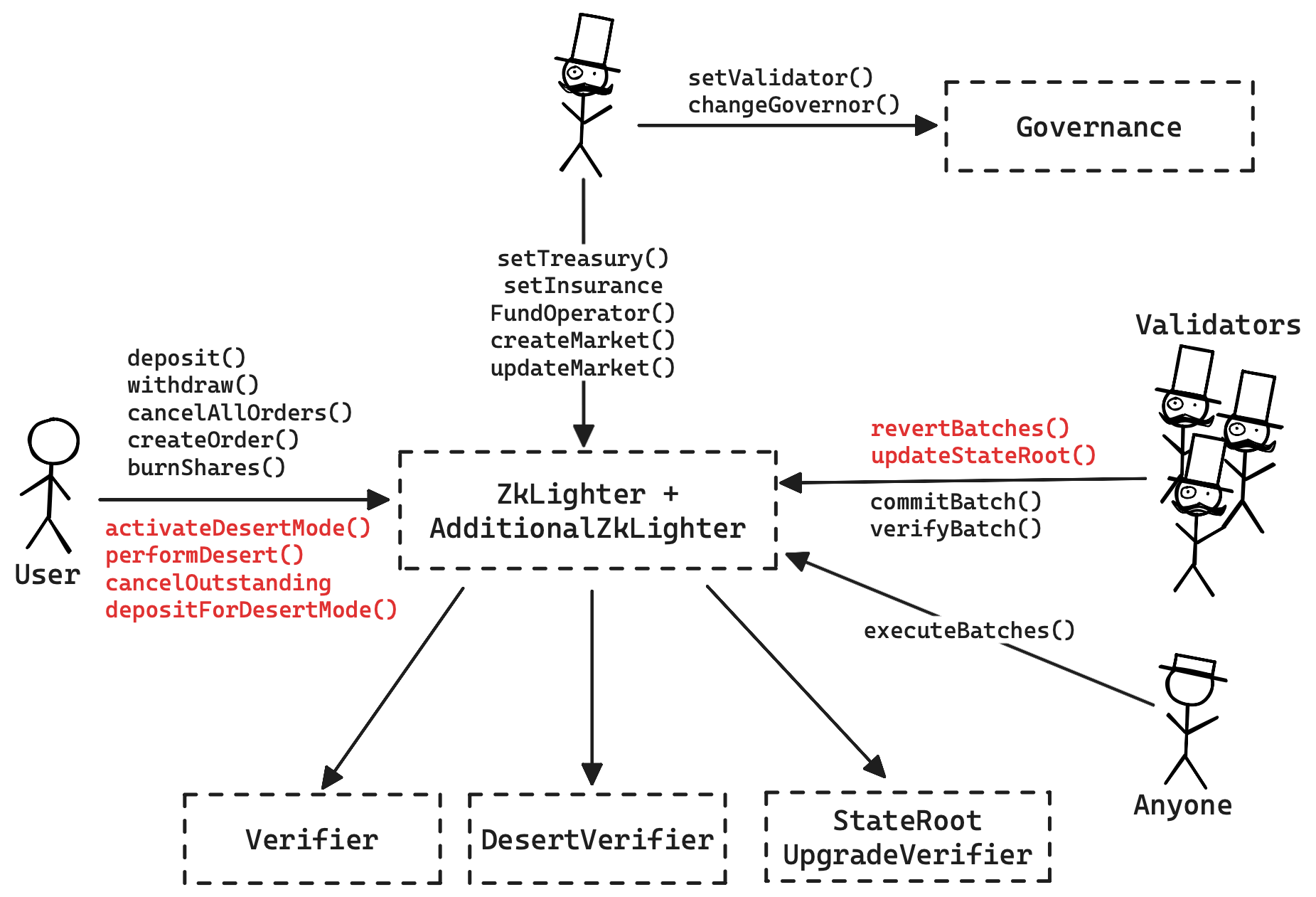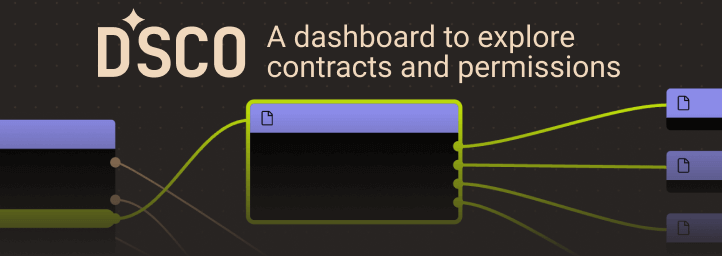Search
Search for projects by name
 Lighter
Lighter
Badges
About
Lighter is an application-specific zk rollup on a mission to revolutionize trading by building provably fair, secure, and scalable infrastructure for finance.
Badges
About
Lighter is an application-specific zk rollup on a mission to revolutionize trading by building provably fair, secure, and scalable infrastructure for finance.
2025 Oct 02 — Nov 03
The section shows the operating costs that L2s pay to Ethereum.
2025 Jan 17 — Nov 03
This section shows how much data the project publishes to its data-availability (DA) layer over time. The project currently posts data to![]() Ethereum.
Ethereum.
2025 Jan 17 — Nov 03
This section shows how "live" the project's operators are by displaying how frequently they submit transactions of the selected type. It also highlights anomalies - significant deviations from their typical schedule.
2025 Oct 05 — Nov 04
Lighter experiences 4.5h of downtime
2025 Oct 10th
Lighter experiences 4.5 hours of downtime due to DB growth issues.
Lighter launches public mainnet
2025 Oct 2nd
Lighter launches public mainnet after 8 months of private beta.
Funds can be stolen if
Funds can be lost if
MEV can be extracted if
SNARKs are succinct zero knowledge proofs that ensure state correctness, but require trusted setup.
All of the data (SD = state diffs) needed for proof construction is published onchain.
There is no window for users to exit in case of an unwanted regular upgrade since contracts are instantly upgradable.
Users are able to trustlessly exit by submitting a zero knowledge proof of funds.
All data required for forced exits is published onchain
All the data needed to recover the latest accounts state (represented by the Account Tree) and construct the zk proof necessary for forced exits is published onchain in the form of blobs. Only data that leads to state changes is posted.
Regular upgrades are initiated by the “network governor” and executed with a 21d delay. The “security council” is allowed to reduce the upgrade delay to zero in case of an emergency. The security council does not currently satify the Stage 1 requirements. The network governor also retains the ability to add or remove validators.
Centralized operators
Only the centralized operators can submit batches and verify them with a ZK proof, i.e. advance the state of the protocol.
MEV can be extracted if the operator exploits their centralized position and frontruns user transactions.
Users can force their transactions on L1
If the centralized operators fail to include user transactions, users can force them themselves through L1. The possible transaction types that users can force are: deposits, withdrawals, order creation, order cancellation, and burning of pool shares. If the operators do not process forced transactions within 14d, the system can be frozen (desert mode) and users can exit using the latest settled state. All open positions are settled using the latest index price.
Escape hatch through ZK proofs
If the centralized operators fail to process forced transactions after the deadline, the system can be frozen (desert mode) and users can exit by reconstructing the latest settled state using the data available on L1 and providing a ZK proof of balance.
External oracles used for index prices
Lighter uses a combination of oracles to determine index prices, with Stork as the primary source. External signatures are currently not verified and the sequencer must be trusted to truthfully report data.
Funds can be lost if the oracle prices are manipulated.

Ethereum
Actors:
A Multisig with 3/5 threshold.
- Can interact with UpgradeGatekeeper
- can reduce the upgrade delay to zero seconds
- Can interact with Governance
- can commit, verify, execute batches, and revert committed but not yet executed batches
- Can upgrade with 21d delay
- Lighter UpgradeGatekeeper with 21d delay
- Governance UpgradeGatekeeper with 21d delay
- ZkLighterVerifier UpgradeGatekeeper with 21d delay
- Can interact with Governance
- can commit, verify, execute batches, and revert committed but not yet executed batches
- manage validators, update the address that manages the insurance fund, and update the treasury address that collects fees from markets


Ethereum
The main rollup contract. It processes L2 batches, manages USDC deposits and withdrawals, allows users to submit censorship-resistant L2 transactions and controls desert mode (escape hatch). Logic is split between two contracts because of code-size limits, many operations are delegated to AdditionalZKLighter.
- Roles:
- admin: UpgradeGatekeeper; ultimately EOA 4
- This contract stores the following tokens: USDC.
Governance contract functioning like an upgrade timelock for downstream contracts. The current delay is 21d and can be entirely skipped by Lighter Multisig.
- Roles:
- getMaster: EOA 4
- securityCouncilAddress: Lighter Multisig
ZK verifier used to verify forced exits during desert mode.
Manages the list of validators and the network governor.
- Roles:
- admin: UpgradeGatekeeper; ultimately EOA 4
- networkGovernor: EOA 4
- validators: EOA 1, EOA 2, EOA 3, EOA 4
Value Secured is calculated based on these smart contracts and tokens:
The current deployment carries some associated risks:
Funds can be stolen if a contract receives a malicious code upgrade. There is no delay on code upgrades (CRITICAL).
